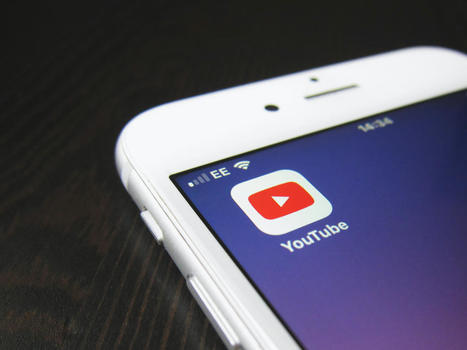Even defenders of the agency's approach admitted that its guidance has been conservative, and at times slow.
Nearly a year ago, amid concerns about how to prevent transmission of the virus causing Covid-19, scientists were beginning to conclude that rigorous disinfection of surfaces — say, fogging them or deep-cleaning with bleach — was overkill.
Academics were warning that the risk of so-called fomite transmission was wildly overblown. In the fall, research from Israel and Italy found that the virus couldn’t even be cultured from surfaces in hospital infectious disease units. By February of this year, the editorial board of Nature was openly urging the Centers for Disease Control and Prevention to update its guidelines.
The CDC did so — last month.
That so much time passed before the nation’s leading public health agency took a stand on an issue that seemed patently obvious to others was puzzling. But it was hardly an isolated incident.
waiting for more certainly just isn’t an option.
If their advice is too disconnected from reality, and if they are too slow, then they make themselves irrelevant, I understand that they’re in a difficult position. However caution and indecision also comes at a price.
read the original article at https://www.statnews.com/2021/05/11/cdc-messaging-covid-19-seems-out-of-step-public-health-experts-say/



 Your new post is loading...
Your new post is loading...










https://hangover.com.hk